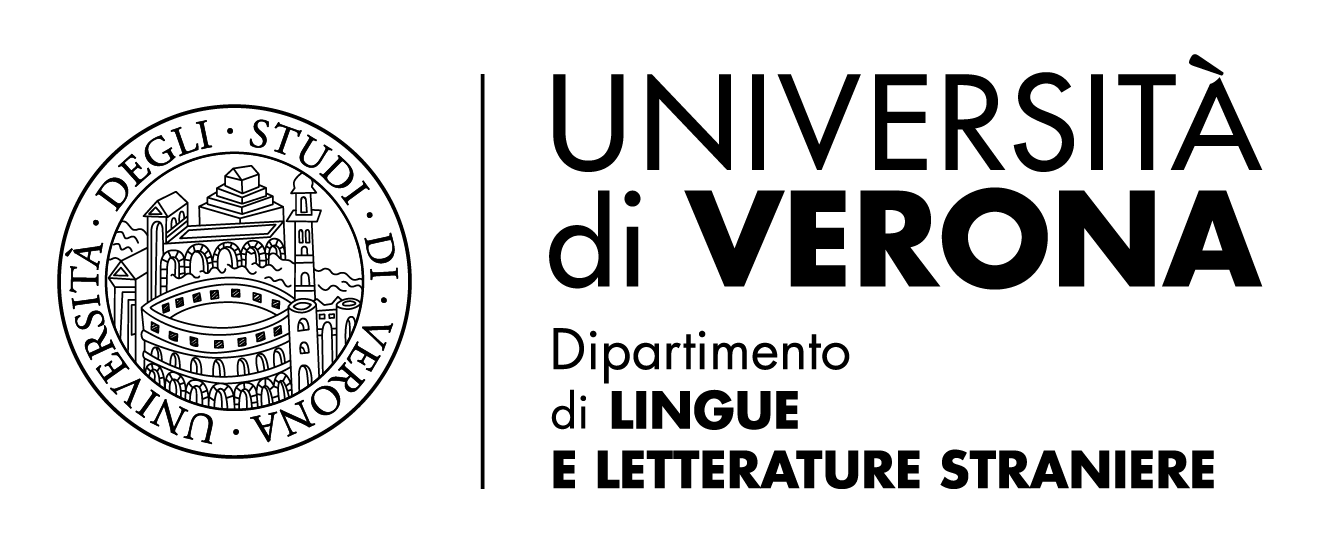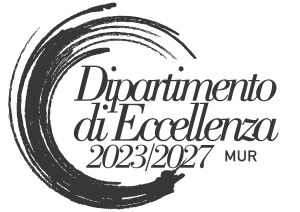Nel crocevia tra romanticismo e realismo: la notte nella stampa periodica spagnola della prima metà dell’Ottocento
DOI :
https://doi.org/10.13136/2465-2393/114Mots-clés :
Mariano José de Larra, Ramón de Mesonero Romanos, Spanish periodical press, sketches of manners, Spanish romanticism, night, stampa periodica spagnola, costumbrismo spagnolo, romanticismo spagnolo, notteRésumé
ABSTRACT: The topos of the night occurs in several costumbrista articles by Mariano José de Larra and by Ramón de Mesonero Romanos. In Larra’s texts, the night acquires the typical Romantic lyrical-tragic overtones and takes clear symbolic values, representing both the political failure of Spanish liberalism and the existential drama of the author, who committed suicide. The classicist Mesonero Romanos reinterprets the theme with a satirical tone, by stigmatising the Spanish Romantics’ wandering nights, or with a realistic tone, by using the night as pretext for the study of contemporary society or as setting for tales inspired by bourgeois opera or by serial.
RIASSUNTO: Il topos della notte ricorre in alcuni famosi articoli costumbristi di Mariano José de Larra e Ramón de Mesonero Romanos. Nei testi di Larra la notte si tinge di sfumature lirico-tragiche, tipicamente romantiche, ed assume una chiara valenza simbolica rappresentando sia il fallimento politico del liberalismo spagnolo sia il dramma esistenziale dell’autore, morto suicida. Il classicista Mesonero Romanos rilegge il tema ora in chiave satirica, stigmatizzando le notti farneticanti dei romantici spagnoli, ora in chiave realista, utilizzando la notte come pretesto per lo studio della società contemporanea oppure come ambientazione di racconti ispirati al melodramma borghese o al romanzo d’appendice.



